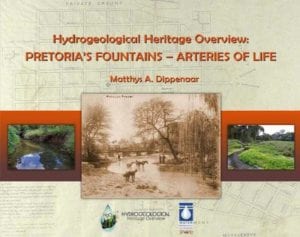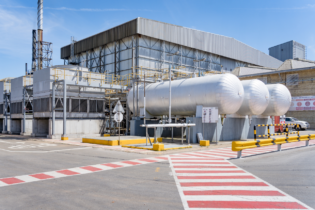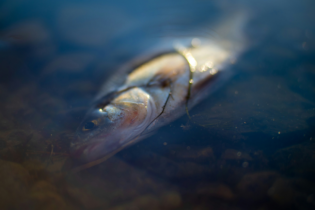Pretoria is one of the country’s groundwater success stories, with large quantities of groundwater used as domestic water supply providing pristine quality and constant discharge.
The Water Research Commission (WRC) in collaboration with the University of Pretoria (UP) recently launched the book Hydrological Heritage Overview: Pretoria’s Fountains – Arteries of Life. The Hydrological Heritage book series intends to create awareness regarding the history and importance of water in the development of South Africa, and to improve public understanding of the important role that hydrology and hydrogeology is playing in our day-to-day lives. “Through this project we hope to illustrate the role groundwater can play in meeting not only rural water demands but also urban demands,” reports WRC Research Manager, Dr Shafick Adams. Groundwater development has been placed high on the list of future water supply options for many areas; it remains underappreciated by the public and policy-makers alike. Pretoria developed around these springs, and for the first half of its existence was supplied solely from the Upper and Lower Fountains. With continued development, the 1930s saw the first true external addition to the water mix in the form of the Rietvlei Dam and other springs in and around the town centre.Increased development – for instance the high density urban setting in central Pretoria – also increases the risk of water contamination. For this reason, Pretoria’s groundwater springs are protected in the vast Groenkloof Nature Reserve where no development is allowed, subsequently protecting the land from which these springs are replenished. This groundwater protection strategy is also implemented at the Rietvlei Nature Reserve, where the protected environment aids in protecting the groundwater supply (which is being pumped to supply drinking water to the city), as well as the streams feeding the Rietvlei Dam.
Since Pretoria’s founding, the population and water demands have increased to such a considerable extent that more than 90% of the water is imported for the remote suburbs towards Centurion, Hammanskraal, Cullinan and Bronkhorstspruit. Yet, the springs remain the one consistent source: consistent in both its faithful supply and its outstanding water quality. Protected from evaporation and pollution, and significantly cheaper to use as no excessive construction costs are required, groundwater is the reason for Pretoria’s founding and its rise to the leading world city it is today. “For the people of Pretoria we hope that this project will create some awareness and appreciation, that they will realise just how important water is in our lives. For fellow scientists, we aim to provide improved access to historical data. Additionally the study will assist in creating awareness in the field of groundwater science and help secondary and tertiary institutions with valuable study material’’, notes project leader Matthys Dippenaar, of UP’s Geology Department.







